|
With St. Patrick’s Day almost upon us, Irish Whiskey articles, ads, and IG posts are abundant. However, I am choosing another whiskey path that leads to the birth of whiskey, bourbon, and moonshine in America. Here are a few interesting facts from an article I published a few years ago. “It was 1620 at the Berkeley Plantation in Charles City, Virginia, where colonist George Thorpe is credited with distilling America’s first batch of corn-made whiskey. It was the prelude to corn-made moonshine and bourbon. One might think that it all began in Kentucky, but Bourbon County, Kentucky, was part of Virginia until the late 1700s!" “Also, in the late 1700s, a Baptist preacher named Elijah Craig, who lived in Orange County, Virginia, is sometimes credited for being the first to age whiskey in charred oak casks, thus creating bourbon. And let’s not forget George Washington, who began commercial distilling in 1797 at his Mount Vernon property in Virginia. It was the largest whiskey distillery in the country during that time. Most of his whiskey was a blend of 60% rye, 35% corn, and 5% malted barley. After a fire in 1814 destroyed the building, Washington’s distillery was eventually reconstructed in 2007, and it now produces small batches of whiskey each year.” Today, over 70 licensed distilleries are located throughout Virginia, from south to north and east to west. Interestingly, more craft distilleries are here than in Kentucky and Tennessee combined. And the variety of whiskey being produced in Virginia is impressive. In addition to whiskey, bourbon, and moonshine, many distilleries make gin, rum, vodka, brandy, aquavit, pastis, absinthe, and flavored liqueurs. Most of these distillers use only locally sourced ingredients to ensure a quality product and work with and support the community and local farmers. And it is awe-inspiring, but not surprising, how many of these distilleries opened up their hearts and turned their businesses into the manufacturing of hand sanitizers during the Covid pandemic. Switching production from spirits to making hand sanitizers provided front-line healthcare workers, first responders, hospitals, and their communities with this much-needed product. Let’s talk about whiskey. Whiskeys are oak-aged spirits usually made from rye, barley, wheat, and corn. Whiskey production can vary depending on the distiller, style made, and country of origin. However, the process, which can include malting, mashing, fermentation, and distillation, is basically the same. First, grains are converted from starch to sugar, then fermentation begins, followed by distillation, and finally, maturation takes place. This is a general guideline for types of whiskey: To be labeled “Scotch Whisky,” it must be distilled and aged in oak casks in Scotland for a minimum of three years. Irish Whiskey, as a rule, is made from a combination of malted and un-malted barley, and other grains. Pot stills and/or column stills are used for distillation. Malt Whiskey is made with only malted barley, and distillation must take place in copper pots. In North America, whiskey can be produced anywhere, but there are strict rules for Kentucky and Tennessee. Bourbon is a whiskey that is made with a mixture of grains. By law, it must contain at least 51% corn. Although bourbon is produced throughout the USA, the majority of it is made and aged in Kentucky. Tennessee Whiskey can only be produced in Tennessee. It, too, like bourbon, must contain at least 51% corn. What sets this whiskey apart from Bourbon is that Tennessee whiskey must be filtered through sugar maple charcoal before oak aging, making it a smoother and sweeter whiskey. Moonshine is also called white whiskey, white lightning, and mountain dew. It is a high-proof liquor usually made with sugar and corn and is not aged. It is illegal to produce moonshine if one doesn’t have the proper permits and government permission. Several years ago, while on a press trip to Virginia, I tasted over 100 styles of whiskey, bourbon, and moonshine! Here are four whiskeys to tease your palate. Catoctin Creek Roundstone Rye Single Barrel Whisky This pre-Prohibition style rye whisky is made from organic 100% rye grain, sourced locally when available. It is aged in new Minnesota white oak casks for just under two years. The color borders on dark amber with aromas of rye, caramel, red fruit, and a hint of baking spice. This whiskey is smooth, with caramel, spice, and a woody taste that comes through on the palate. Vanilla and spice linger on the finish. Alcohol: 40% (80 Proof) SRP: $44.99 (750 ML) 200 ML shown in photo Bare Knuckle Straight Bourbon Whiskey It is made with 70% corn, 20% wheat, and 10% malted barley, all sourced from local Virginia farms. It is double distilled and aged 24 months in charred new American White Oak barrels from Kentucky. The color is between amber and copper with sweet corn, caramel, and savory smoke aromas. This whiskey packs some heat, but the sweet corn, nutmeg, toffee, spice, and oak notes soften the edges. The finish is long and enjoyable. Alcohol: 45% (90 Proof) SRP: $45 John J. Bowman Single Barrel Virginia Straight Bourbon Whiskey A. Smith Bowman is the oldest operating distillery in Virginia. The names on each bottle of whiskey pay homage to a relative. This bottle is named after Colonel Bowman, the first military commander and governor of Kentucky County. It is triple distilled and aged ten years in new charred oak. No mash bill was given. (mash bill is the mix of grains used) Amber in color, the nose offers vanilla, sweet apple, and berries. The palate provides toffee, figs, and a nice amount of heat, with a long finish of vanilla, almonds, sweet corn, and oak lingering. Alcohol: 50% (100 proof) SRP: $65 Prelude: Courage & Conviction American Single Malt Whisky This is Virginia Distillery Co.’s flagship spirit. They use the highest quality malted barley and fresh spring water from the Blue Ridge Mountains. Hand-hammered copper pot stills crafted in Scotland are used to distill this 100% malted barley spirit using time-honored techniques and then aged in sherry, cuvée, and bourbon casks for 3.5 years. Aromas of sweet apple, toffee, raisins, berries, floral, and vanilla emanate from this copper-colored whiskey and segue onto the palate. Gentle heat, oak, dark berries, honey, a touch of sherry, and light spice linger on the finish. Alcohol: 46% (92 Proof) SRP: $78 These are great sipping whiskies, or try mixing in a favorite whiskey cocktail. And if you’re tempted, there is always this 90-proof moonshine from Belmont Farm Distillery or this 100-proof 1st Sugar moonshine from Twin Creeks! But, of course, you might have to go to Virginia to taste the moonshine! Whatever you choose to sip on St. Patrick's Day, be smart, be safe, and stay hydrated with water! Until next time…
Cheers! Penina To leave a comment or if you have an inquiry, please contact me at [email protected] It was the year 1620 at the Berkeley Plantation in Charles City, Virginia where colonist George Thorpe is credited with distilling America’s first batch of corn-made whiskey. It was the prelude to corn-made moonshine and bourbon. One might think that it all began in Kentucky, however Bourbon County, Kentucky was part of Virginia until the late 1700s! Also, in the late 1700s, a Baptist preacher by the name of Elijah Craig who lived in Orange County, Virginia is at times credited for being the first person to age whiskey in charred oak casks, thus creating bourbon. And let’s not forget George Washington who began commercial distilling in 1797 at his Mount Vernon property in Virginia. It was the largest whiskey distillery in the country during that time. Most of the whiskey he produced was a blend of 60% rye, 35% corn and 5% malted barley. The above video is of the Gristmill. After a fire in 1814 destroyed the building, Washington’s distillery was eventually reconstructed in 2007 and it now produces small batches of whiskey each year. Today, there are over 60 licensed distilleries located throughout Virginia, spanning from south to north and east to west. In fact, there are more craft distilleries here than in both Kentucky and Tennessee. And the variety of whiskey being produced in Virginia is impressive. In addition to whiskey, bourbon and moonshine, many distilleries are also making such spirits as gin, rum, vodka, brandy, aquavit, pastis, absinthe and flavored liqueurs. Most of these distillers use only locally sourced ingredients to ensure a quality product in addition to working with and supporting the community and local farmers. Virginia is celebrating 400 years of making distilled spirits this September with many events and festivities scheduled throughout the next few months. www.virginianspirits.org Through the generosity of the Virginia Distillers Association and Virginia Spirits Org., I was recently invited to meet with 25 distillers, tour seven distilleries, participate in a cocktail seminar and dine on exceptional culinary delights. It was a four-day whirlwind tour that also included a stopover at the historic Berkeley Plantation and George Washington’s Mount Vernon Distillery. Our Virginia Spirits Trail began in Newport News and ended in Leesburg. At the beginning of the tour, we were given a passport that was stamped with each visit. I thought the ice cube stamp was clever! Our tour bus was graciously provided by Virginia Hop On Tours co-owned by Jon Craig (pictured here). Jon provided us with everything we needed, including some local history and entertaining stories. When planning your spirits/wine/beer tours, I highly recommend you contact Jon. www.cvillehopontours.com As I embarked on the tour I became aware of a common thread of agreement between the distillers. For the most part, they all seem to be focused on producing farm to bottle spirits and distilling small batches while making a spirit that reflects the “terroir” and community. My big take away from this trip (aside from the amazing spirits) is the overall emphasis on community spirit and how the distillers work closely together and support each other. They don’t look at making spirits as a competition between each other because they all have the same goal and passion and are dedicated to working hard to promote Virginia Spirits. It is quite awe-inspiring! Each distiller and distillery has a unique story. And I am impressed by their creative approach to making spirits. Over the next few months, I will be writing about the distilleries that I had contact with on this trip. And of course, I will also discuss and review some of their spirits. Let’s begin with the oldest operating distillery in Virginia, A. Smith Bowman Distillery. The family tree is impressive and reads like a history book. For instance, brothers John, Abraham, Joseph and Isaac Bowman were Virginia militia officers in the American Revolutionary War. And A. Smith Bowman Jr.’s daughter married Jay Adams, a relative of John Adams, John Quincy Adams and James Buchanan. The names on each bottle of whiskey pay homage to a relative. John J. Bowman Single Barrel Bourbon is named after Colonel Bowman, the first military commander and governor of Kentucky County. And the two stills are nicknamed Mary and George to pay homage to George Bowman and Mary Hite (eldest daughter of Jost Hite), parents of the Bowman brothers. Abram Smith Bowman, purchased Sunset Hills Farm in 1927, a 7,200-acre property in Fairfax County that was used as a dairy and granary. (In 1964 the farm became the planned community of Reston, Virginia.) After the repeal of Prohibition in Virginia in 1933, Bowman built a distillery on the estate that was completed in 1934. With all the excess grain that his farm was producing, it made sense to make spirits with it. The distillery’s hallmark bourbon called Virginia Gentleman was first produced in 1935 with the help of Bowman’s two sons, Abram Jr. and DeLong. Up until the 1950s, A. Smith Bowman was the only producer of legal whiskey in the Commonwealth of Virginia. In 1988, the distillery relocated 60 miles south of the original location to the historic city of Fredericksburg. Today, A Smith Bowman, a micro-distillery, produces award-winning whiskeys led by Colorado raised Master Distiller, Brian Prewitt. Using the latest technology and time-honored tradition, they produce premium spirits made with the best natural ingredients. Although they produce vodka, rum, gin and several experimental spirits, they are best known for their whiskey, especially bourbon. After tasting several Bowman bourbons, the standout for me was the Abraham Bowman Sweet XVI Bourbon that was released in 2018. This bourbon represents Bowman’s experimental, limited-edition line. It was made from a selection of bourbons aged in Missouri charred oak barrels with four different entry proofs - 125, 114, 105, and 90 proof. After 16 years of aging, the barrels were blended together producing a rich and seductive spirit. The nose was sweet with caramel, vanilla, leather and charred oak. Considering it was a 114 proof release, it was smooth but definitely heat infused. Notes of molasses, baking spice, oak, and anise filled the palate with a warm, creamy and sweet finish. This was a limited edition that is not available anymore. However, if you like bourbon, I highly recommend seeking out one of the many A. Smith Bowman bourbons that are now on the market. https://asmithbowman.com
More stories and coverage of the distilleries from my Virginia trip to follow soon. In the meantime, why not book a tour of Virginia’s Spirit Trail and enjoy all that Virginia has to offer? Or, stop by your local spirits store and pick up a bottle of Virginia spirits. Either way, you’re in for a treat! Until next time… Cheers, Penina To leave a comment or if you have an inquiry, please contact me at [email protected] For those of you not familiar with whiskey, allow me to give you a very brief description of the subject. Whiskeys are oak-aged spirits usually made from rye, barley, wheat and corn. The production of whiskey can vary depending on the distiller, style made and country of origin. However, the process, which can include malting, mashing, fermentation and distillation are for the most part basically the same. Grains are converted from starch to sugar, fermentation begins and then distillation takes place followed by maturation. Here are a few examples of whiskeys: To be labeled “Scotch Whisky”, it must be distilled and aged in oak casks in Scotland for a minimum of three years. Malt Whiskey is made with only malted barley and distillation must take place in copper pots. Irish Whiskey, as a rule, is made from a combination of malted and un-malted barley, in addition to other grains. Pot stills and/or column stills are used for distillation. In North America, whiskey can be produced anywhere, but there are strict rules for Kentucky and Tennessee. Bourbon is a whiskey that is made with a mixture of grains. By law, it must contain at least 51% corn. Although Bourbon is produced throughout the USA, the majority is produced and aged in Kentucky. Tennessee whiskey can only be produced in Tennessee. What sets this whiskey apart from Bourbon is that the new make spirit is filtered through sugar maple charcoal prior to oak aging. So, on that note, let’s take a trip to Manassas, Virginia where some mighty fine craft whiskey is being produced at KO Distilling. The “K” is for Bill Karlson and the “O” is for John O’Mara, life long friends who met as classmates at the United States Merchant Marine Academy. Although they went their separate ways after graduation, they always stayed in touch. They each had successful careers in the defense contracting industry and both took early retirement. But rather than idling away the hours “fishing”, Bill and John joined forces in 2013 to make spirits using local ingredients with the intent of embracing the local community with their new adventure. KO Distilling was incorporated in 2013 and construction began in 2015 to create a state-of-the-art production facility and local tourist attraction. After initially offering un-aged whiskey and gins, Bill and John produced their first aged spirit in November 2016 called Bare Knuckle American Wheat Whiskey. Bill is CEO & Marketing/Sales Director and John is President and Head Distiller. John graduated from the Moonshine University of Distilling, Louisville, Kentucky in 2013. Bill Karlson and John O'Mara Photos courtesy of KO Distilling I received a sampling of Bare Knuckle whiskeys and was immediately captivated by the labels depicting famous boxers on the front and the interesting text on the back. Bare Knuckle American Wheat Whiskey is made with 60% wheat, 30% rye and 10% malted barley sourced from local Virginia farms. It is double distilled and aged for 19 months (as shown on the bottle) in charred new American White Oak barrels from Kentucky. The color is copper with aromas of caramel, vanilla and spice. It has an invitingly warm and rich mouthfeel with lingering notes of butterscotch, spice, toasted wheat and hints of honey. Simply delicious! Alcohol: 45% (90 Proof) SRP: $35.99 The boxer on the front of the bottle is Irish-American fighter, Jimmy Gardner. Quote on the back label: “Daily, you face life’s challenges with your grit, guts and gumption. You get knocked down, take a mandatory eight-count, get up off the canvas and dare to fight again. Yeah, the world’s a tough place, but you’re made of sterner stuff. You’ve got the persistence to endure, to triumph”. Bare Knuckle American Rye Whiskey is made with 100% rye, sourced from local Virginia farms. It is double distilled and aged for 20 months (as shown on the bottle) in charred new American White Oak barrels from Kentucky. It is a slightly darker copper color than the Wheat whiskey. Heady aromas of toasty oak, floral and spice segue onto the palate with fennel, vanilla, baking spice and a smooth lingering finish. The sweetness is rounded out by oak notes. Alcohol: 45% (90 Proof) SRP: $45.99 The boxer on the front label is African-American world heavyweight champion, Jack G. Johnson. Quote on the back label: “Early Bare Knuckle fighters traveled American byways plying their trade, gaining fame and entertaining the masses. They pushed the boundaries of life. Those who did well, reaped the rewards. KO Distilling is all about pushing those boundaries to fight, to win. As one of KO’s founder’s surname invokes “ Opima Spolia” (The Riches of the Spoils), so does our rye. Bare Knuckle Straight Bourbon Whiskey is made with 70% corn, 20% wheat and 10% malted barley all sourced from local Virginia farms. It is double distilled and aged for 24 months (as shown on the bottle) in charred new American White Oak barrels from Kentucky. The color is between amber and copper with aromas of sweet corn, caramel and savory smoke. This whiskey packs some heat, but the sweet corn, nutmeg, toffee, spice and oak notes soften the edges. The finish is long and enjoyable. Alcohol: 45% (90 Proof) SRP: $35.99 The boxer on the front label is early 20th-century U.S. champion, Mary “Texas Mamie” Donovan.
Quote on the back label: “For ages, women, like men, have battled for family to make a living, for rights and just causes. Like the American female fighter from the early 1900s who is on our front label, some have ventured into the ring to apply their pugilistic skills – to fight, to win, to advance and prevail. For all those women who work hard every day, we salute you”. KO definitely makes a statement inside and outside the bottle. I must admit that I am not a big fan of whiskey. But after what I sampled today, my palate is quite pleased! Until next time… Cheers! Penina To leave a comment or if you have an inquiry, please contact me at [email protected] 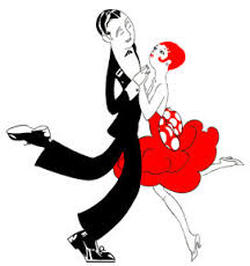 The weekend flew by so quickly! It was filled with wine, music and a little dancing. Of course, work was also thrown into the mix! And now it’s back to a busy Monday filled with thick clouds, rain and chilly temps. 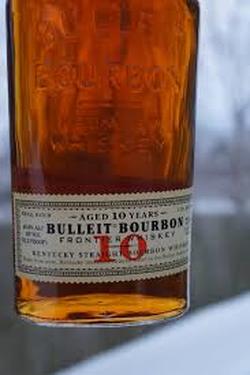 The other evening I tasted (at the encouragement of a friend) Tom Bulleit’s 10-Year-Old Bourbon. This blend of 68% corn, 28% rye and 4% barley was aged in charred American White Oak for 10 years. I am not well versed when it comes to Bourbon, but this was delicious! I drank it straight up. The color was beautiful dark amber with heady aromas of soft spices, oak and vanilla. On the palate it was smooth and rich with flavors of oak, caramel, vanilla, citrus and spice. The finish was long with spices and vanilla lingering. 91.2 proof. Price: $55 http://www.bulleit.com Happy Monday!
Cheers! Penina 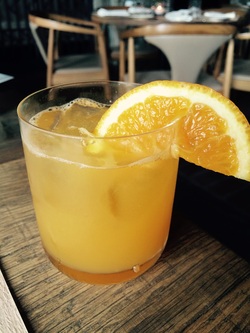 About a week ago, I wrote about having drinks with friends at Jean-George. One of the drinks that I mentioned was Passion Chili Whiskey Fizz made with Maker’s Mark Bourbon and Passion-Chili. Since I didn’t get to taste it that particular evening, we decided to go back last night so that I could sample it. 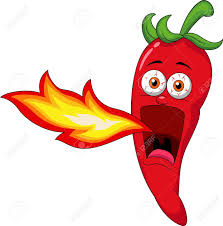 With the first sip, the chili hit the back of my throat with quite a shock. I was not expecting it to be so spicy. After clearing my palate, I took a “gentler” sip. Although the chili seemed to dominate, I was able to pick up a little of the vanilla flavor in the bourbon, which offset the spiciness. I have not been able to find out what the ingredients are in the passion-chili, but I’ll keep researching it! This is a drink with a real kick to it! And speaking of kick… 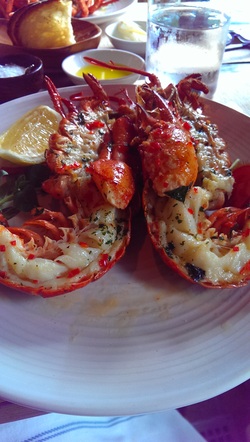 We decided to stay for dinner. We ordered the Maine Lobster roasted in the shell with oregano and chili, with a side dish of sautéed local corn with manchego, chilies and lime. I think that the chef is having a love affair with chili. The lobster was excellent and done to perfection. The presentation was beautiful. The corn was succulent and sweet. And, I loved the combination of flavors. Although some of the dishes on the menu have chili in it, there is much more to choose from for those with a more conservative palate! Have a wonderful Thursday!
Cheers! Penina  Thunder in the distance and threatening skies couldn’t keep me home last night. I met some friends for a quick bite and a drink at Jean-Georges’ Restaurant. 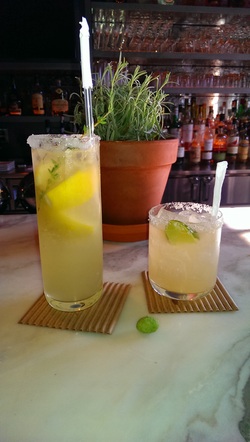 We wanted to shake things up a little bit and order some fun drinks. I opted for the Vodka Thyme Lemonade. My friends had Ginger Margaritas and Maker’s Mark Bourbon, Passion-Chili. It was festive and quite enjoyable. 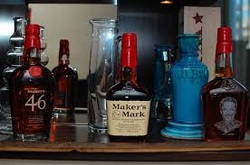 The drinks at Jean-George are always interesting. He enhances the classic cocktail with seasonal ingredients and interesting house-made syrups. Some of the cocktail recipes can be found on line. Others remain a mystery, such as the Maker’s Mark Bourbon cocktail. The cocktail menu is very eclectic and inviting! http://www.jean-georges.com Happy Monday!
Cheers! Penina Happy Monday Morning! It was a busy weekend, filled with lots of sports events and a great excuse to pause and take it all in. 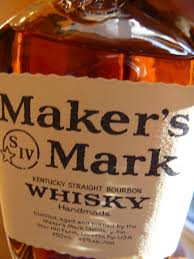 Although I’m not a big fan of bourbon, I really enjoyed sipping mint juleps while watching the Kentucky Derby festivities on Saturday. Makers Mark, a wheat based bourbon, was the main ingredient. I was told that wheat based bourbon as opposed to rye based bourbon, is better to use in a mint julep. It is milder, less spicy and allows the mint to “shine through”. It was very good!  A late Sunday afternoon “toes in the sand” walk was just what I needed to round out the weekend. I’ll be opening another vintage wine this week…stay tuned!
Have a productive week! Cheers! Penina |
Categories
All
|

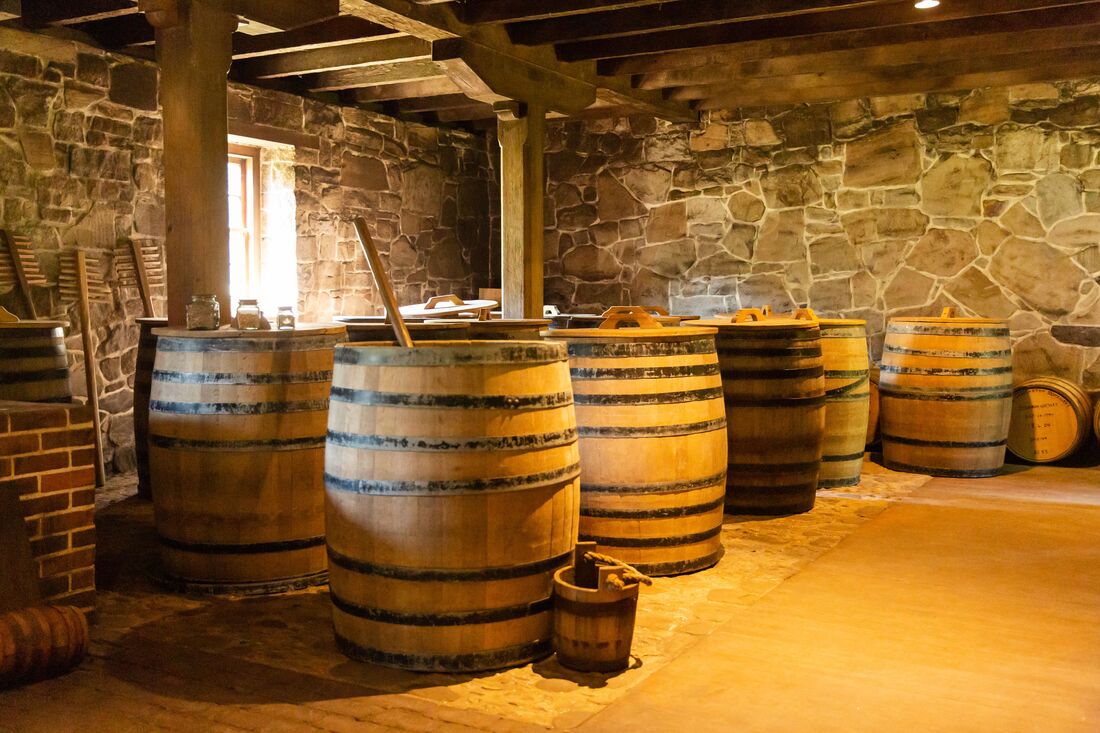
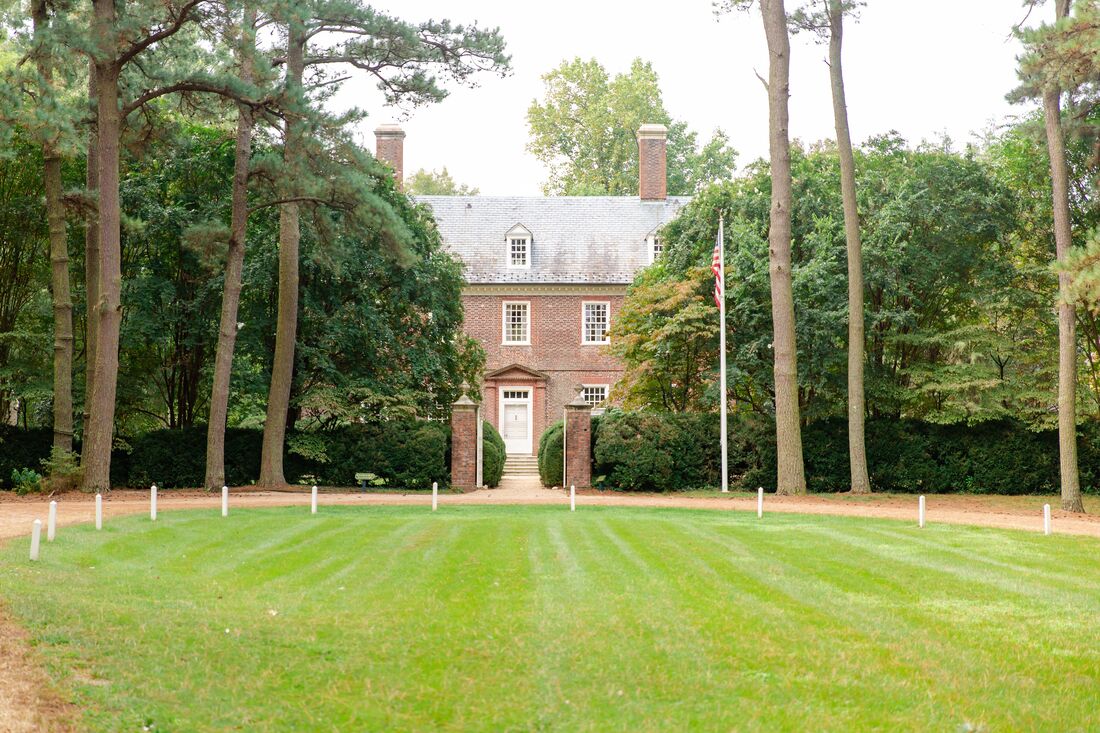
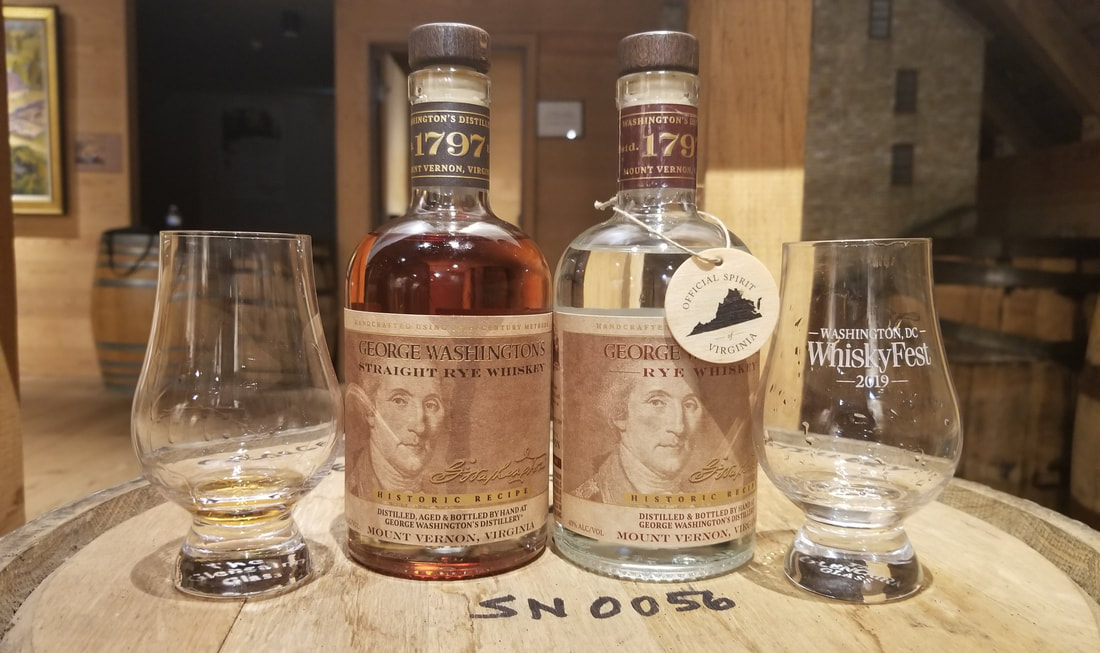
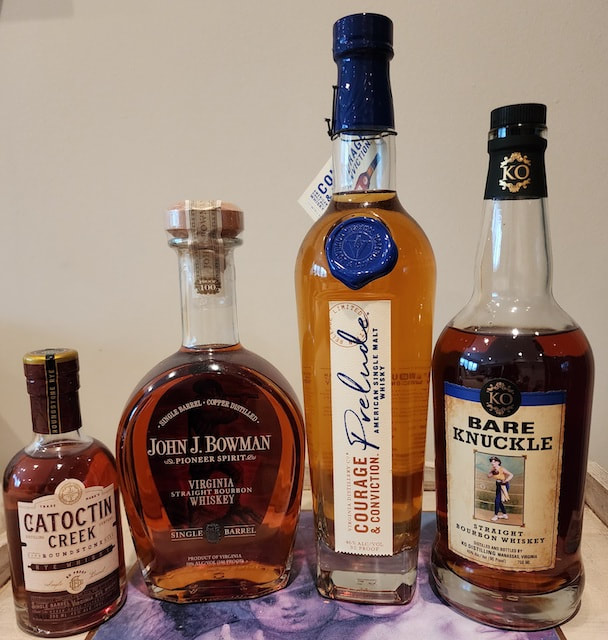
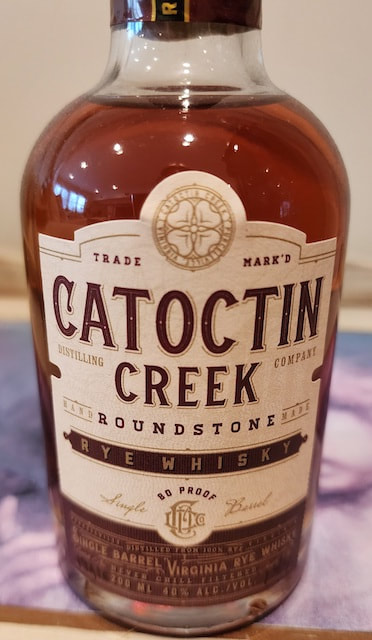
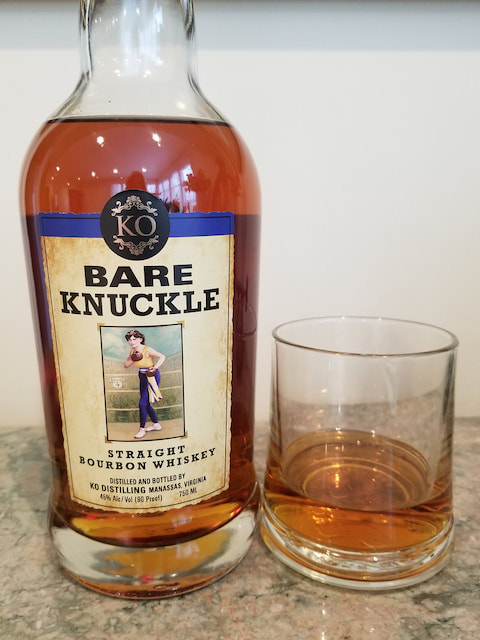
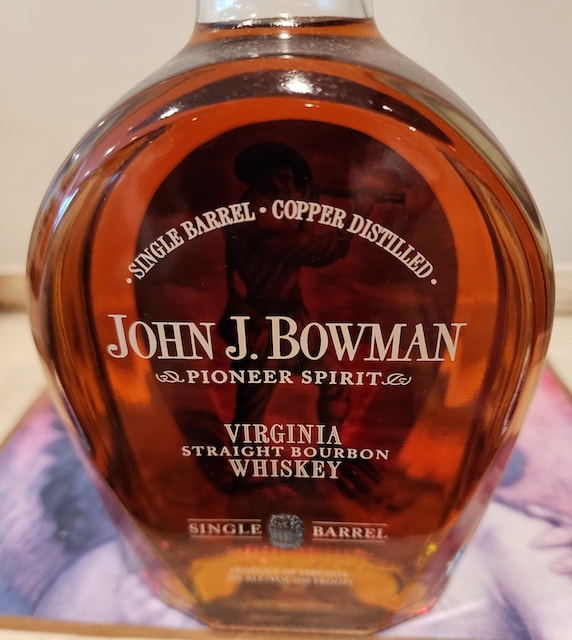
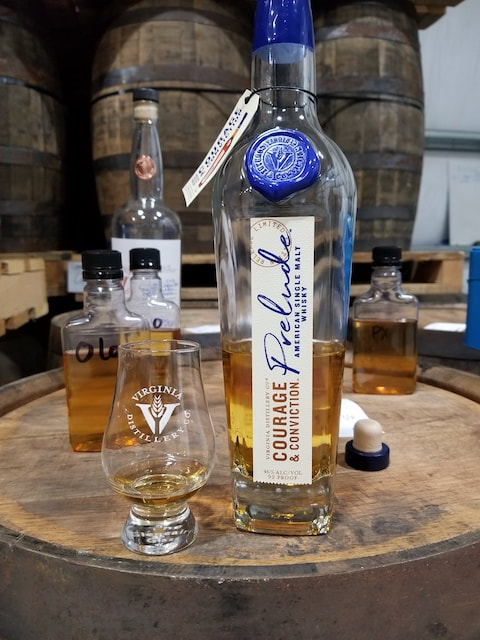
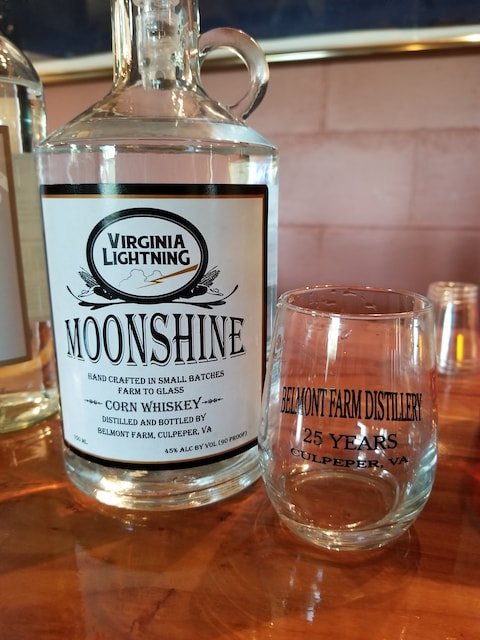
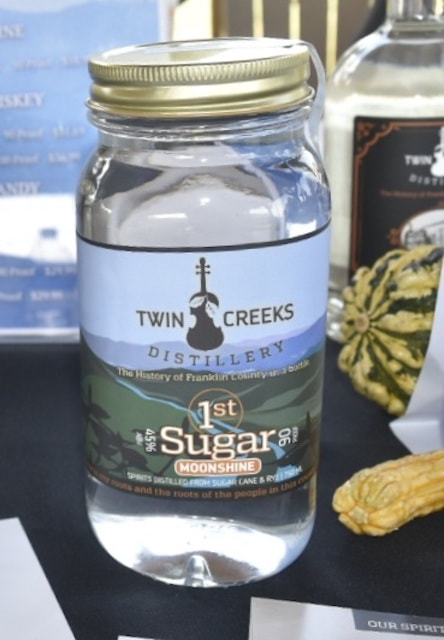
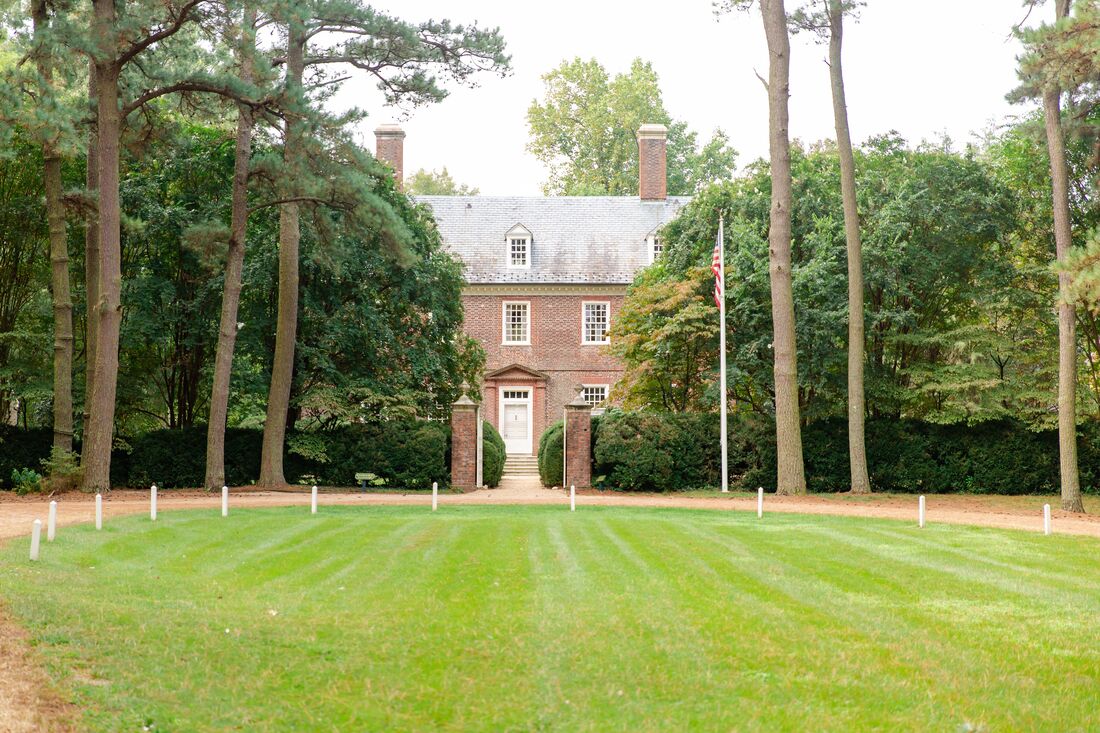
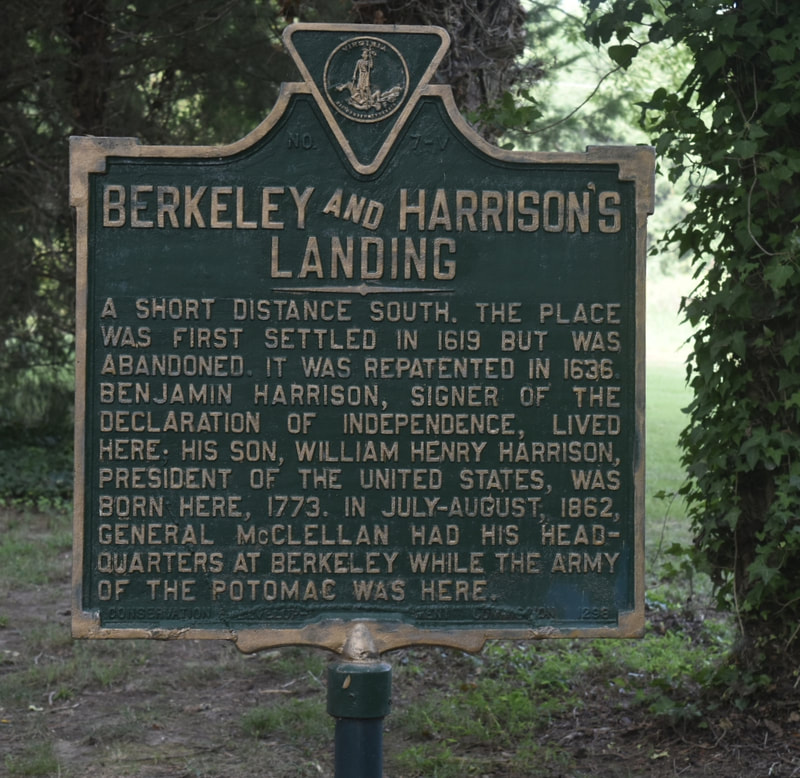
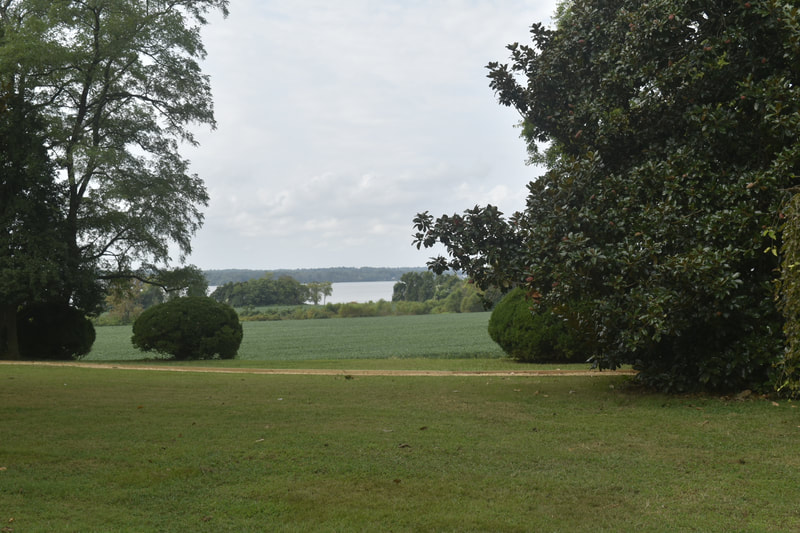
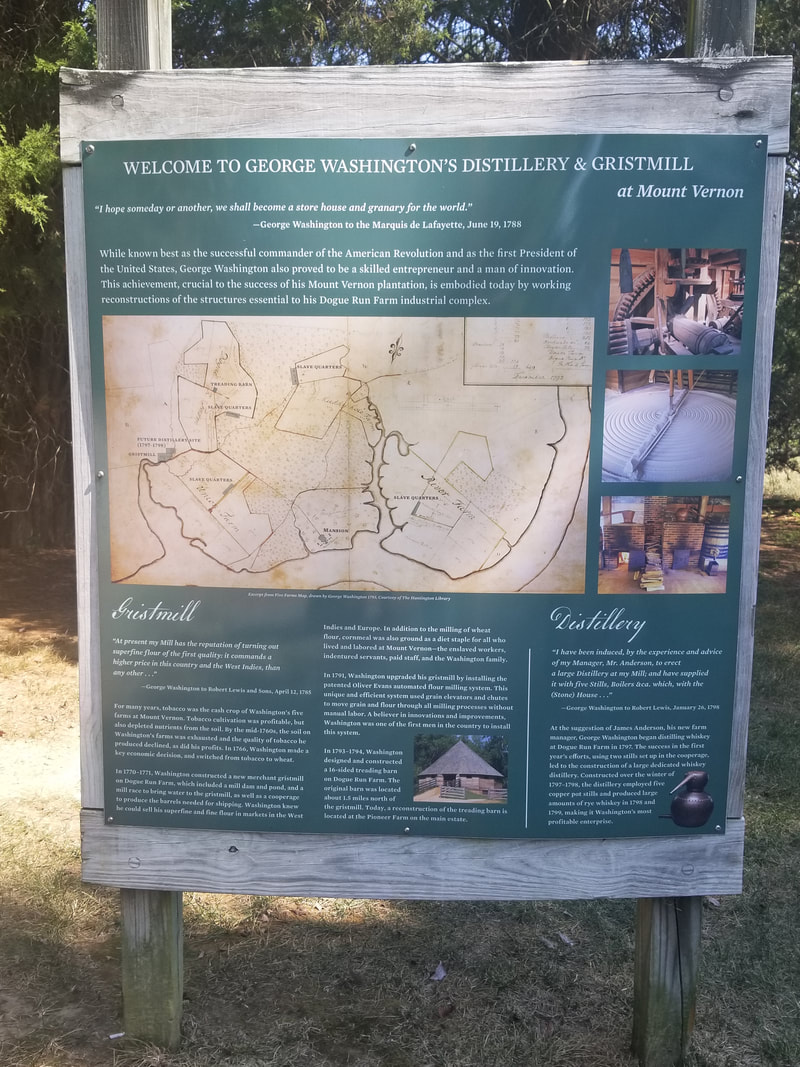
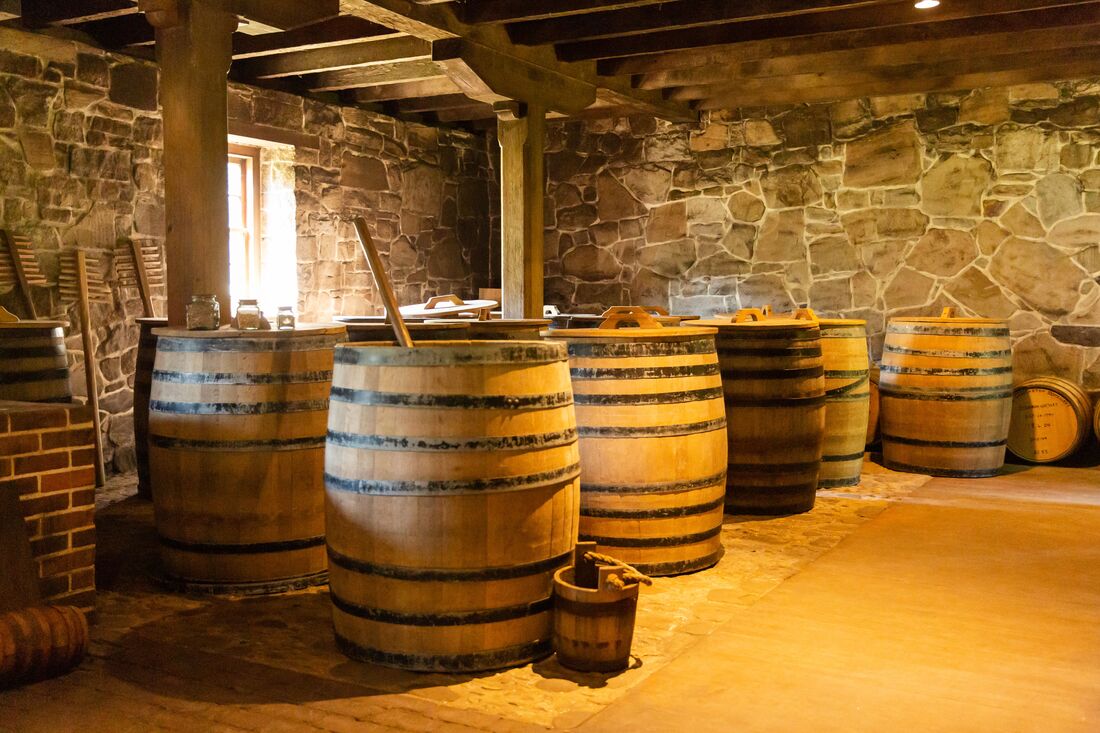
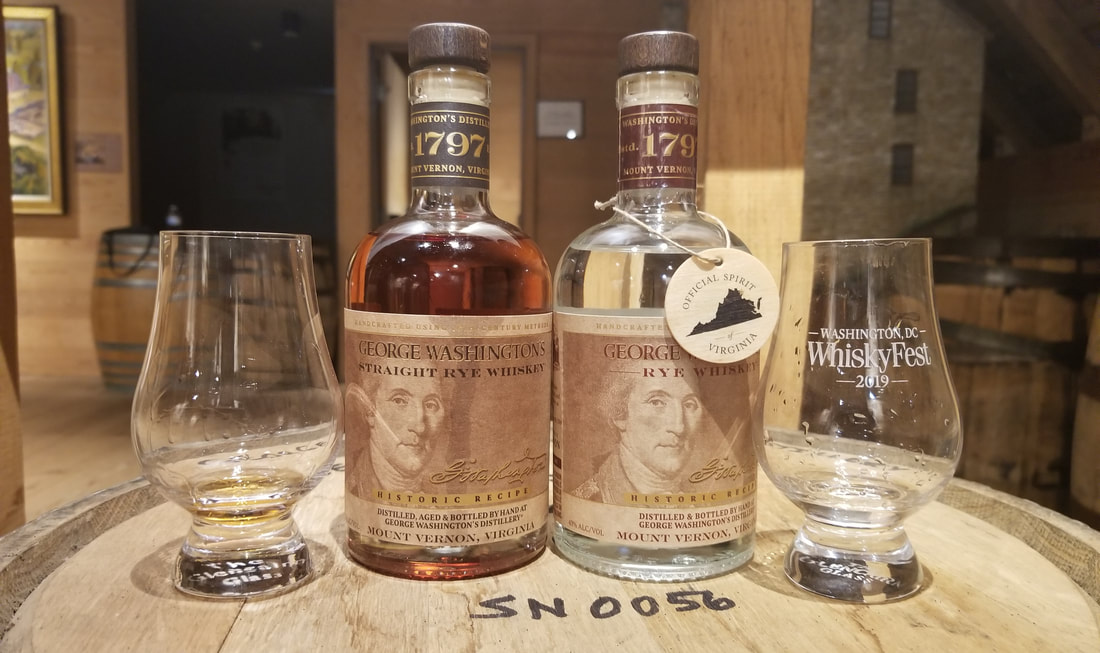
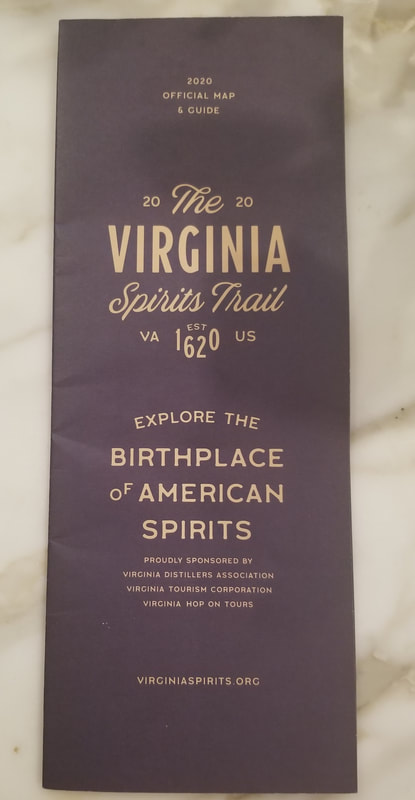
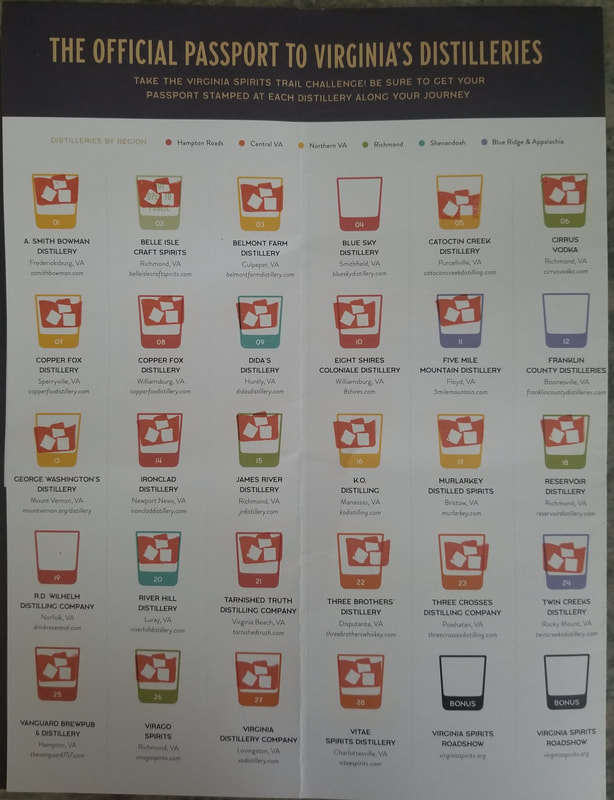
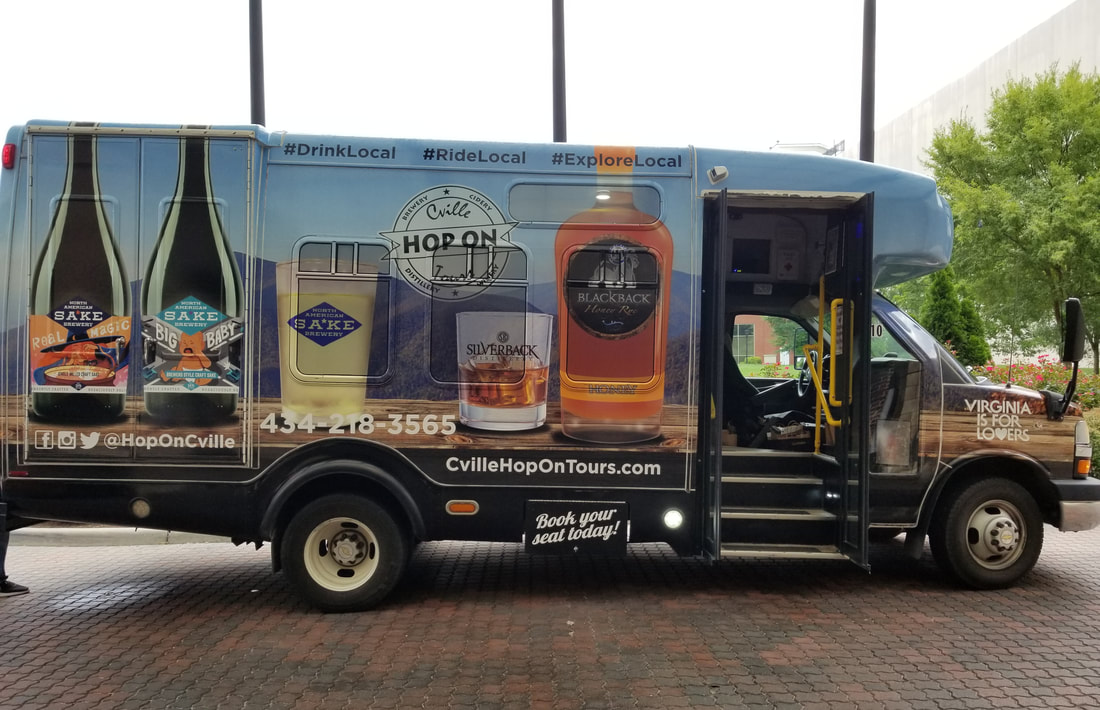
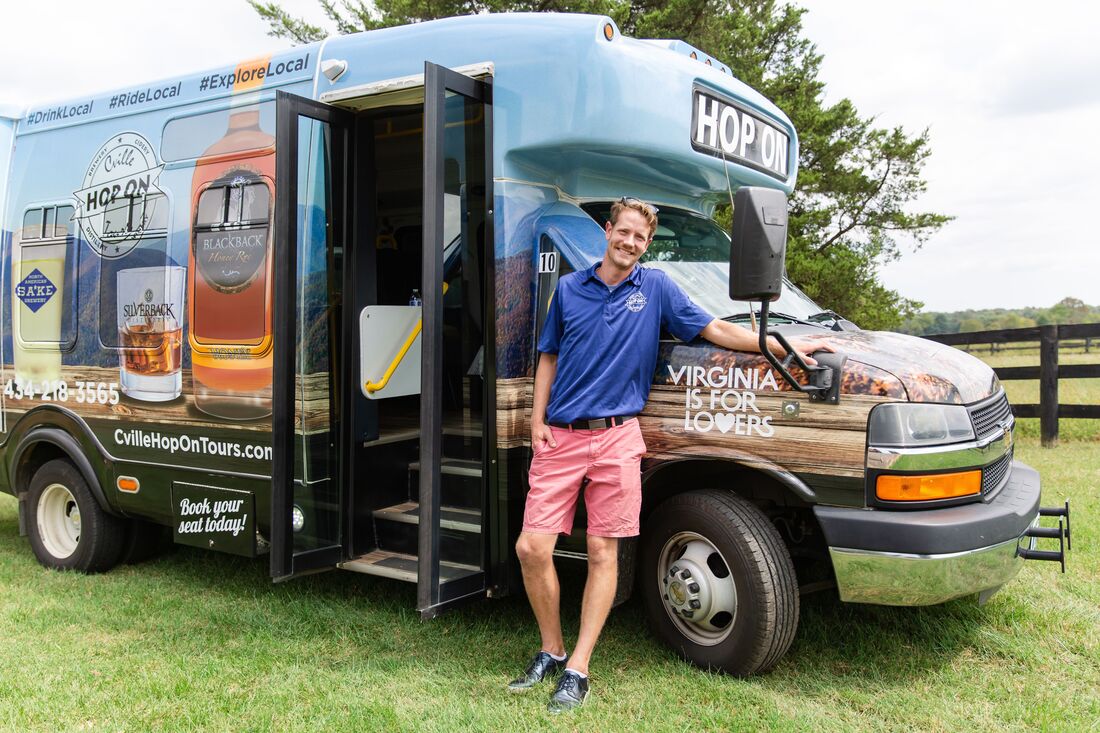
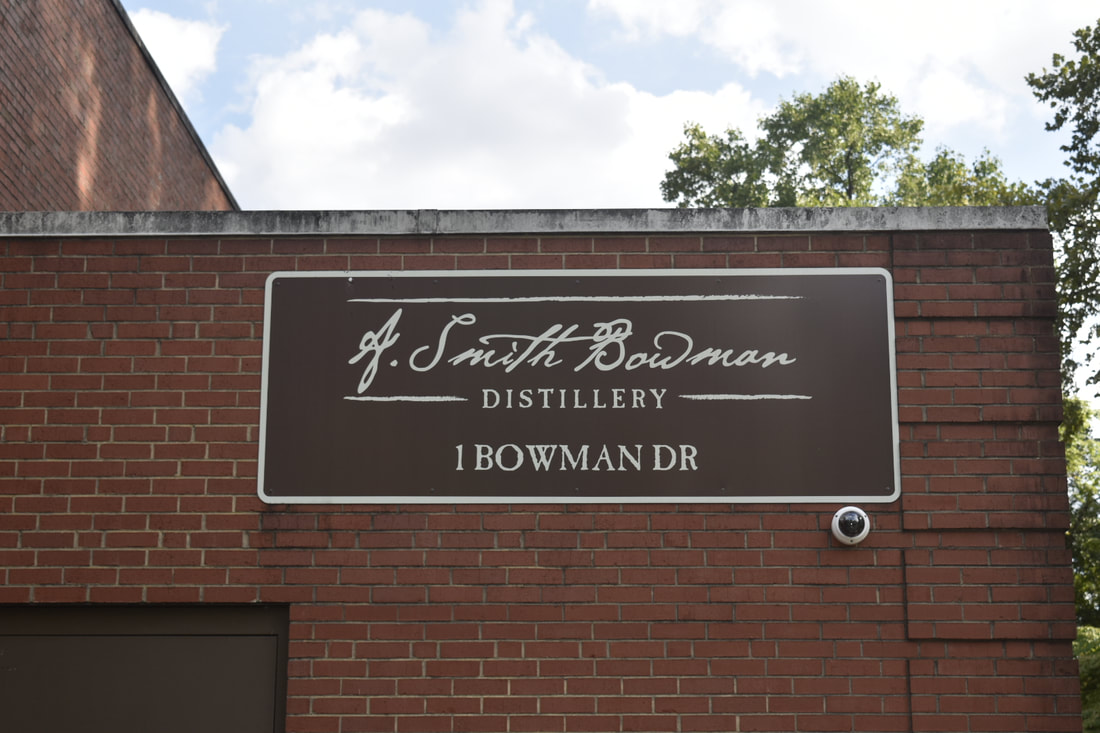
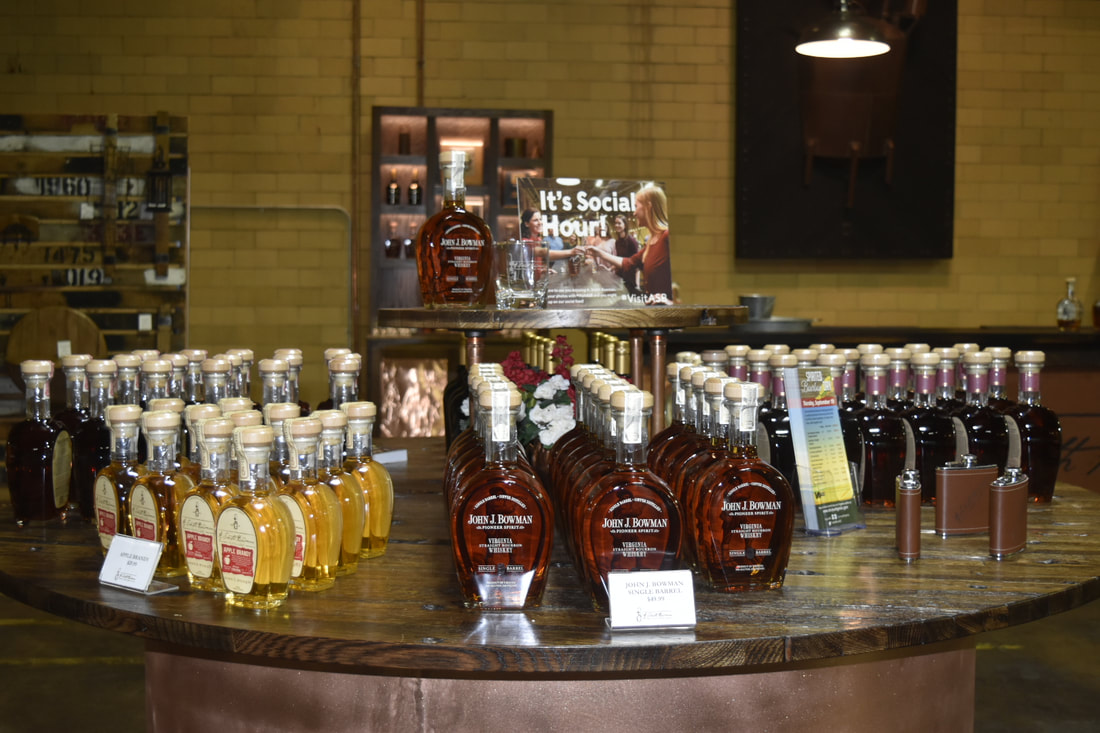
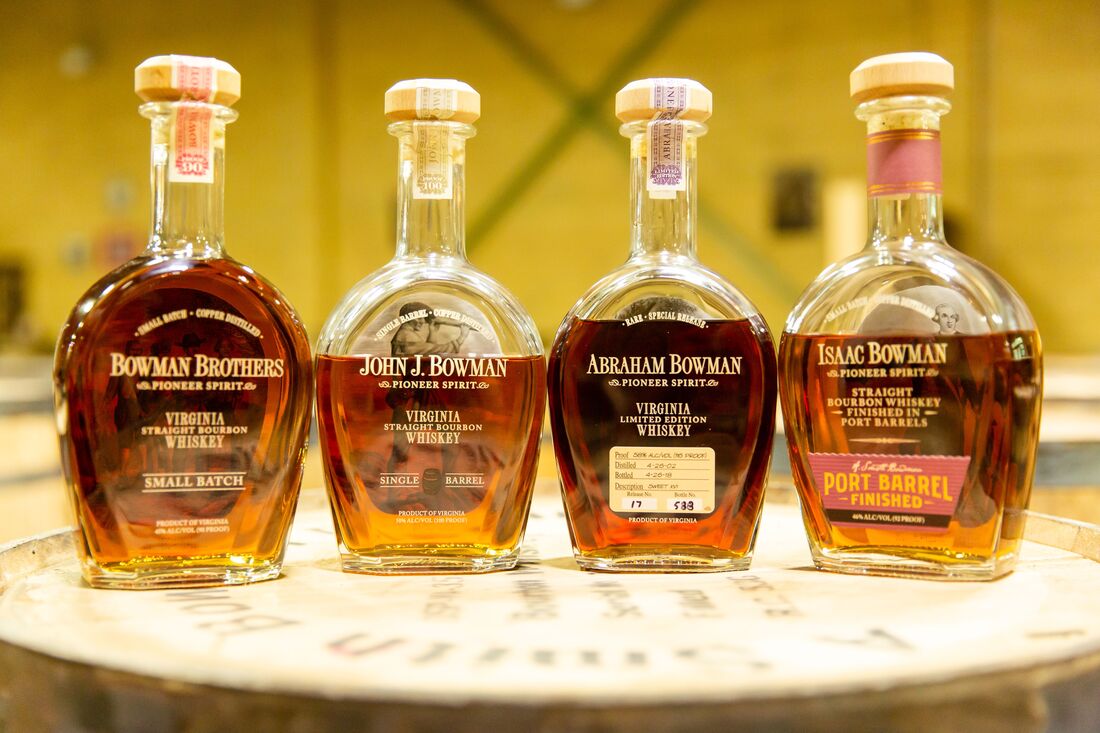
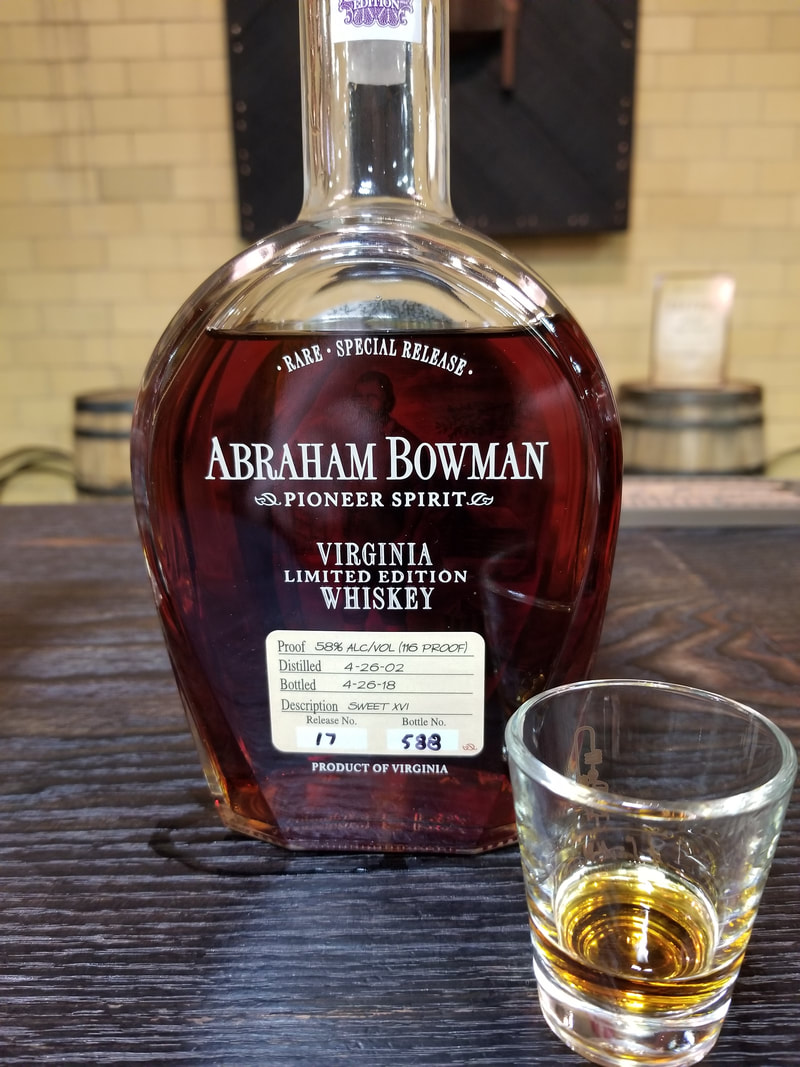
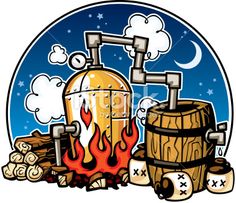


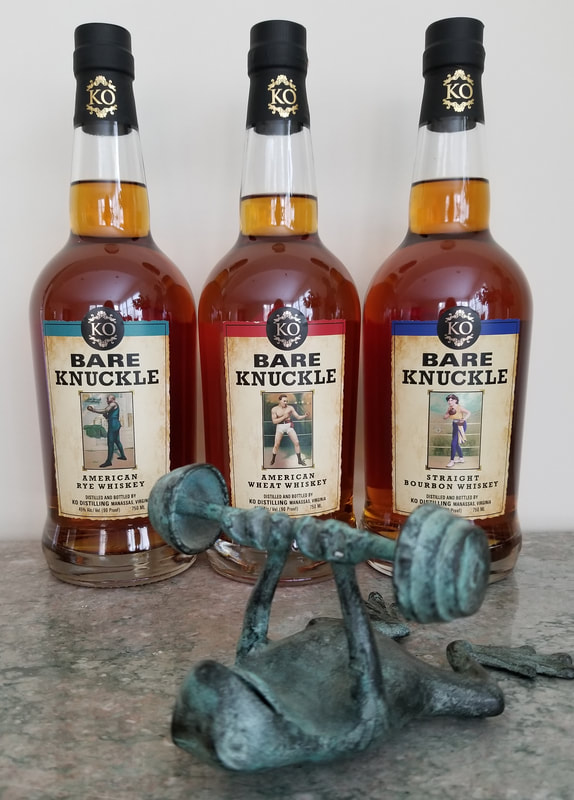
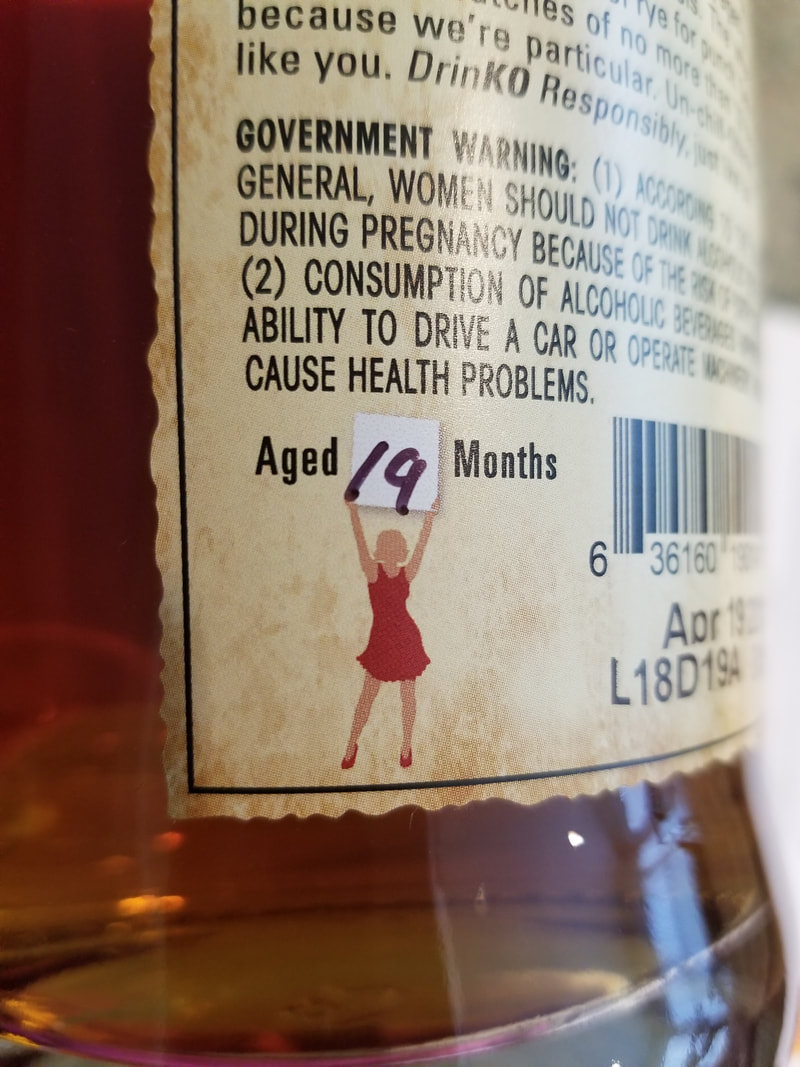
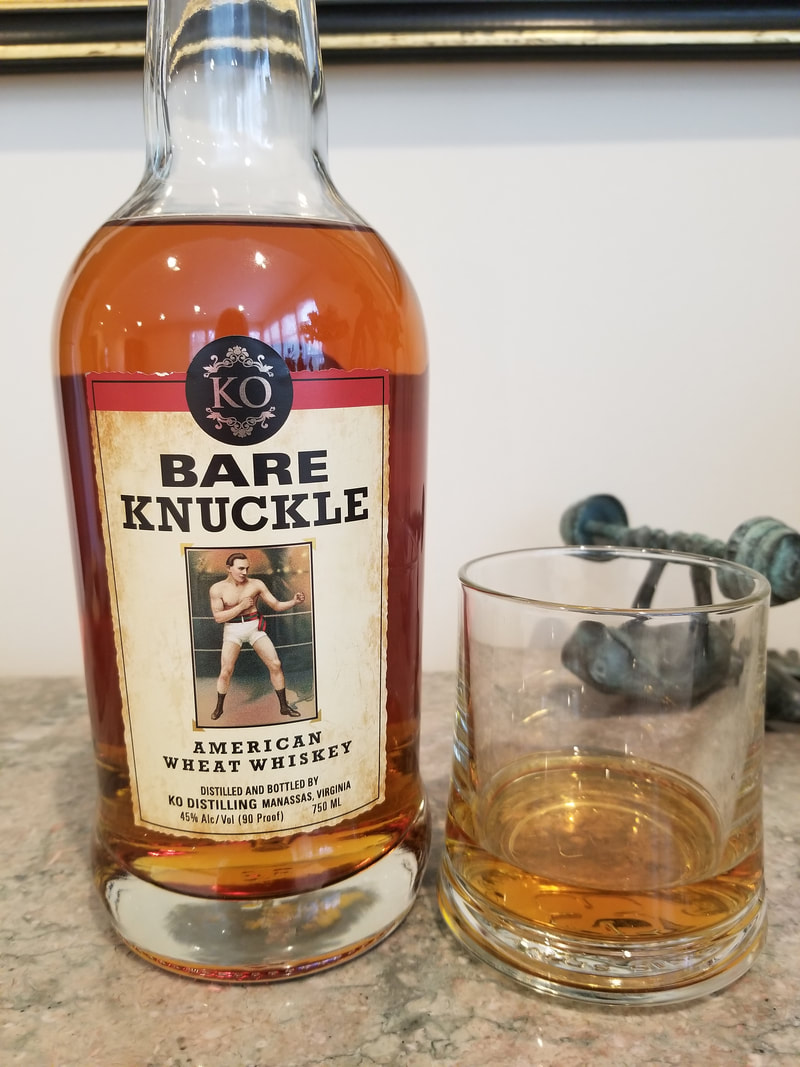
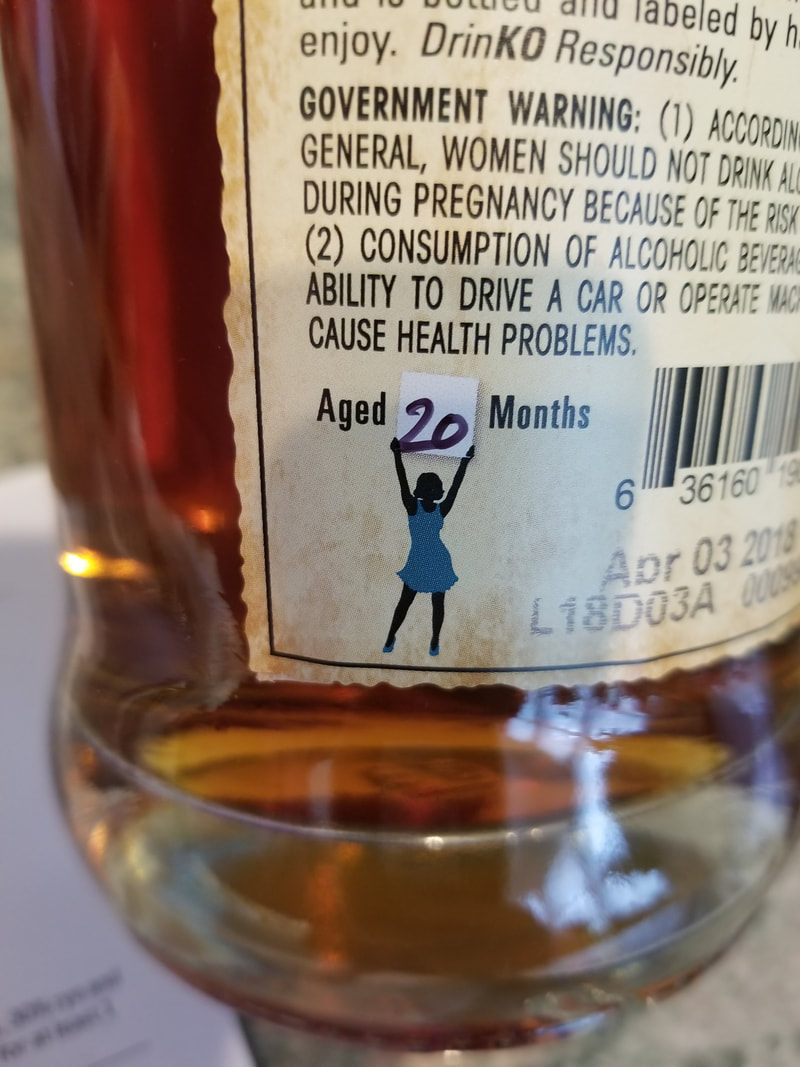
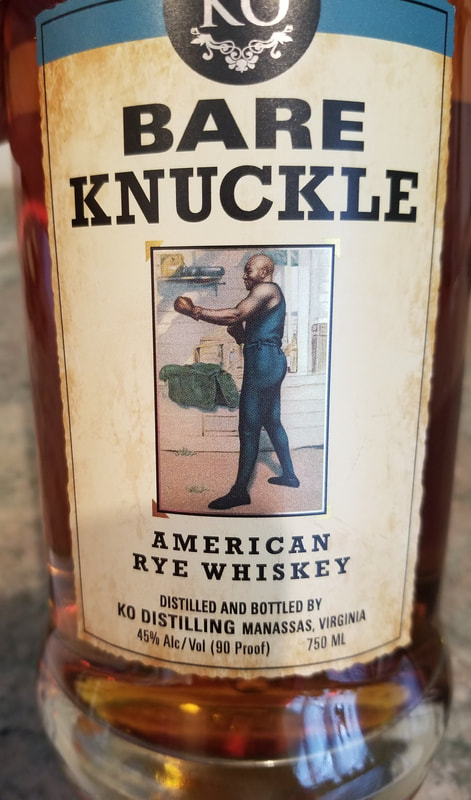
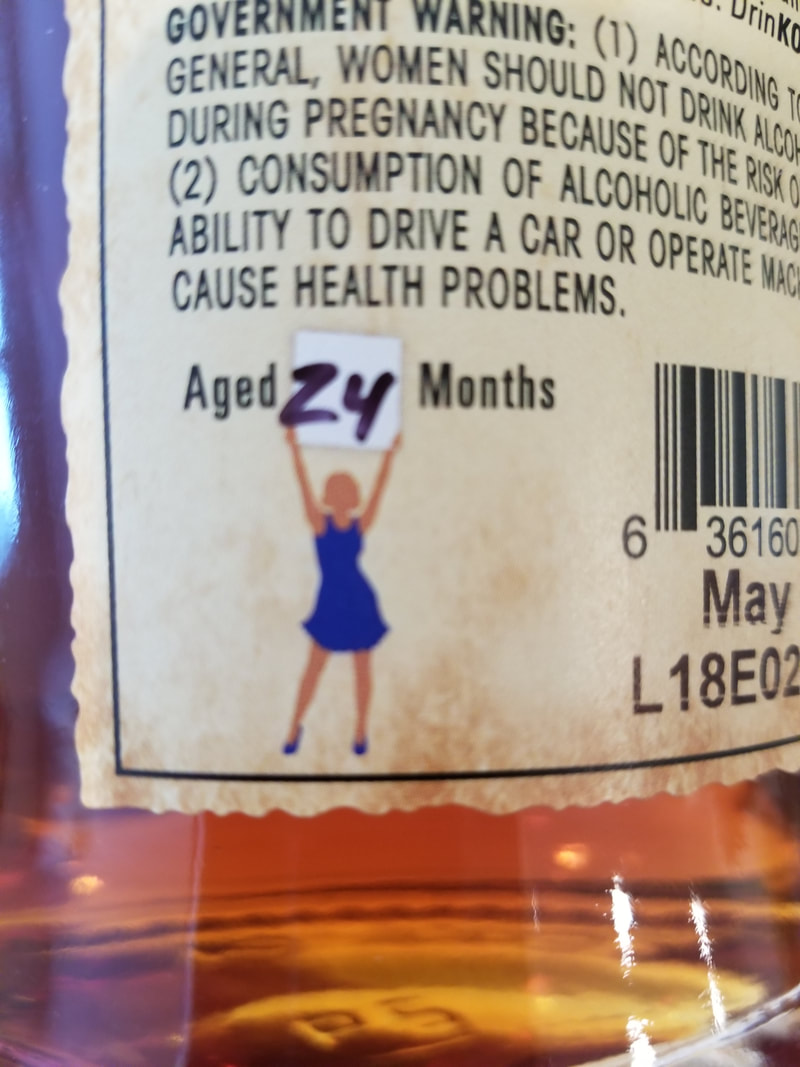
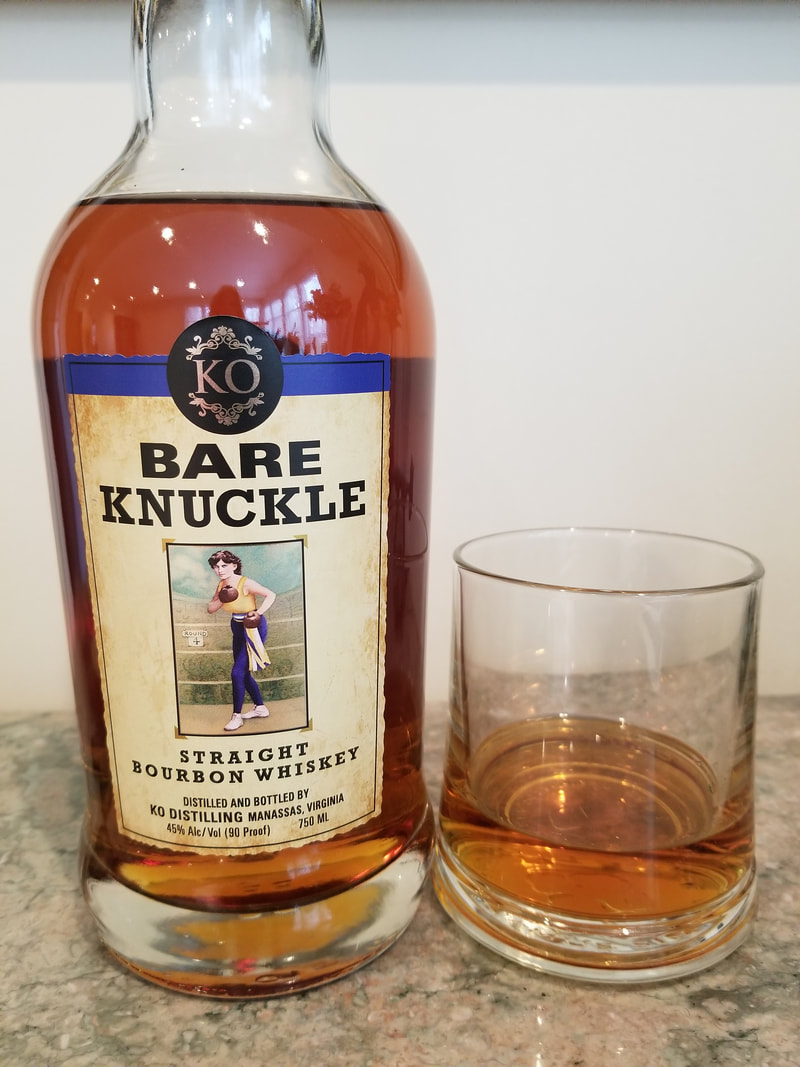
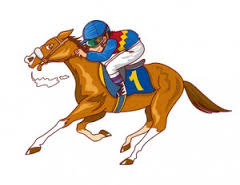

 RSS Feed
RSS Feed